26 Feb2018
Exploring Panchavati Nashik on Deccan Odyssey luxury train day two
In February 2018 I was lucky to explore 2 Indian states of Maharashtra and Goa on the luxury train Deccan Odyssey. I will be publishing a couple of posts about our trip with other 14 travel bloggers on the train in the next few weeks. This is the first post about the train, about how we explored Nashik town on Deccan Odyssey luxury train on our day two out of 8. The day before that was just embarking on the train, getting to know it and enjoying a tasty dinner there.
Our second day on Deccan Odyssey luxury train
After yummy breakfast on the Deccan Odyssey luxury train, we disembarked at 8.45 am in Nashik city situated in Northern part of Maharashtra in India. When getting off the train, we got varkari traditional welcome representing different forms of God Vishnu as the Holy place Nashik itself is dedicated to the same God. Along with the welcome music, we were gifted a specially designed mala necklace made of 108 rudraksha beads and a cap with a Deccan Odyssey logo on it.
Facts about Nashik
We hopped on a bus taking us from the train station to Panchavati, the Northern part of Nashik. Already through the bus windows I noticed some volcanic stones around the roads. Only then I found out that Nashik is located in the West of the volcanic mountain called Deccan Plateau which also inspired the name of our luxury train Deccan Odyssey.
Thanks to 2 million inhabitants, Nashik is considered a city nowadays, but in the past it used to be a just small village. It is a famous pilgrimage destination known also for its wineries. It’s popular as well for Kumbha Mela which is a spiritual gathering of millions of Hindu people taking a bath in the sacred river Godavari. Up to 100 million people gather in Nashik every 12 years to celebrate the Kumbha Mela. Based on a Hindu story, one of the holy nectar drops fell down on Nashik city and this is when it became such a spiritual place of importance. It is also said that Lord Shri Ram stayed in Panchavati for some time, and swam in the Godavari river, too, which might be another reason why it became so sacred for Hindus.
Nashik means “nose” and its origin dates back to a mythological story. It’s an industrial and commercial hub with a big army. On Sunday mornings there’s a big weekly bazar with local farmers selling fruit and veggies. They can only sell at local markets, and not outside of them.
Panchavati temples and Godavari Ghats
As soon as we got off the bus in Panchavati, I got amazed. On our few hour stay there, we visited 3 temples, a local market and Godavari river. Panchavati is a very local place with just a few tourists. During our visit we only saw 2 other foreigners. This was one of the reasons why I enjoyed spending a week on Deccan Odyssey luxury train. All the destinations we visited are not too touristy.
I have to say that Nashik and panchavati really captured my heart.
Naroshankar temple
The first Hindu Naroshankar temple we briefly explored dates back to the middle of the 18th century. The so called ”Maya” style in which it was built reminded me of the Angkor Wat temples in Cambodia. The temple dedicated to Vishnu is made of black stones and its entering hall is round with loads of light. Inside, there’s a small stone turtle in the middle of the floor and you should walk around it to the left and then clock-wise.
If you pay attention, you will notice that the temple facade is decorated with flowers, animals, trees and statues of Saints. There’s also 3 out of the original 4 Barasati umbrellas in the corners of the fortification walls around the temple.
Remember to have a look at the huge bronze bell in the front part of the Naroshankar temple tower which reminds us of the victory over Portuguese. After the battle at the Vasai Fort in 1921, the bell was brought to Nashik on an elephant. Nowadays, it is still used to warn people when the river is getting flooded.
Naroshankar temple is sometimes spelled as 2 words ”Naro shankar”. It was built in 1721 by Raje Bahadur of Nashik.
Market and Godhavari Ghats
After the temple, we took a walk around the local market towards the Godavari Ghats. I could honestly spend an entire day people watching there. I so loved observing the local people as much as they loved observing me and the rest of our group. The energy at the market there is impossible to describe. But if you’ve been to a local market in India, you know what I mean. However, this market felt both hectic and busy but calm at the same time. Maybe it was the energy from the many temples in town, I don’t know. But it did feel holy.
We could find many different veggies, fruit, spices and other products at the market. Our guide told us that onion, pomegranate, guava and potatoes are grown locally. A couple of cows, many motorbike riders and cute kids surrrounded us when walking. What an authentic place Panchavati was!
In between temple visits, we walked along the Godavari river where the famous Hindu tradition takes place. You might have heard of the same traidition of taking a dip in a holy river in Varanasi. Godavari Ghats in Panchavati Nashik are similar, but a lot smaller and less crowded on a normal day. Varanasi remains the biggest holy river destination in India.
Ghats are steps descending to a river where you go for a bath.
Shri Goreram temple
The second temple we visited very briefly was Shri Goreram temple. It was made mostly of white stones and has pinky walls and really interesting doors, both the entrance door from the street and then the door by which you leave the shoes. Shri Goreram is a lot smaller than the first temple Naroshankar, however, it’s famous for its connection to Lord Rama.
Sometimes it’s also spelled as Shree Goraram temple.
Karalam Mandir temple
The third temple of our trip Karalam Mandir was built by the Peshwas. It was also made of black stones, except its apex made of gold. Out of the three temples we visited in Panchvati Nashik, this one was the largest. I learned from our guide that 2,000 workers spent 12 years building the temple. Similarly to other temples, photography is not allowed inside and you have to keep your shoes outside on a shelf.
There was a group of women sitting in the floor and chanting. They always chant for a certain time, then they swap with another group and keep chanting. We also saw a group of guys dancing to a Hare Krishna song. Karalam Mandir was very different to the previous 2 temples we entered. Louder, bigger, more crowded, more decorated and more modern. There were even security guards checking if you put your camera inside the bag and won’t take any photos in the temple.
There’s many other temples in Nashik, also a Buddhist pagoda and interesting caves. However, we did not have more time to explore.
TIPS:
- All the three temples are open during the day for 3 daily prayers and then close for the night.
- You can take photos and videos outside but not inside the temples. The same rule usually applies for all the Hindu temples around India.
- You need to take your shoes off when entering the temples, or you can put shoe covers on top of your shoes.
- Both the second and the third temple are dedicated to Lord Rama, one of the 10 reincarnations of Vishnu.
- People of all nationalities and religions can enter the temples if following no shoe policy and no photo policy inside.
- Respect the Holy temples, do not shout while there.
Just outside of the temple, we spotted a group of Jain nuns walking barefoot. Besides health effects, one of the reasons why they walk barefoot is because they want to pay attention to the ground in order not to kill ants and bugs there. I’ve heard that Jains follow ahimsa which means no harm to any live beings. Jains never kill any animals, not even mosquitoes, and they follow a strict vegetarian diet, mostly without eggs. Strict Jains also exclude root vegetables, such as potatoes, and garlic and onion from their diet, as pulling out of those veggies from the ground might harm little bugs living around them and it’ also killing the entire plant. Because of the microbes, Jains do not eat any food that was left overnight or for longer period.
It turns out I have many things in common with Jains :) I am vegan, I don’t kill any animals nor support that in any way, and walk barefoot in destinations where it’s possible. I also do not consume any meals that were made longer than 3 hours ago as they loose most of the nutrients and gain unhealthy stuff.
TIP: I’ve been trying to take more portrait photos as I usually never do but Indi seems to be a perfect place for it. So if you are enjoyed these, check more of photos I took in Nashik :)
Grover Zampa vineyards
Afterwards, we hopped on the bus again and made our way to the Grover Zampa vineyards where the rest of our group could taste local wine. The staff members also took us for a short vineyard and wine cellars excursion. Personally, I don’t drink alcohol at all which is why I’m not going to speak much about it in this post. Even the smell of wine in the wine cellars made me dizzy. Then we could enjoy a lovely spicy lunch at their restaurant. I loved the selection of many fresh salads, beetroot, broccoli, corn and of course dhal with rice. Yum! If not for wine, I can at least recommend the cuisine at the Grover Zampa restaurant. If you are fine with spicy Indian meals, I mean :)
After lunch, we spent another 45 minutes on the bus until boarding the Deccan Odyssey again. The train stayed at the Nashik train station for almost another 3 hours and just before dinner we started moving towards Aurangabad.
TIP 1: After visiting Nashik, we hopped on Deccan Odyssey train again and made our way to UNESCO Ellora caves. It’s another very unique place so make sure you check my article from there, too ;)
TIP 2: My trip around India on Deccan Odyssey was my second time in India. The first time was back in March 2015. I explored Kerala for a month with other bloggers and then my dad. Together with dad we spent 10 days at Amritapuri ashram. Check my article about our stay at Amritapuri, you will have a great read, trust me.
Thanks so much to Deccan Odyssey and Incredible India for making this trip happen. I seriously fell in love with Maharashtra and Goa exploring them on a luxury train Deccan Odyssey really was.
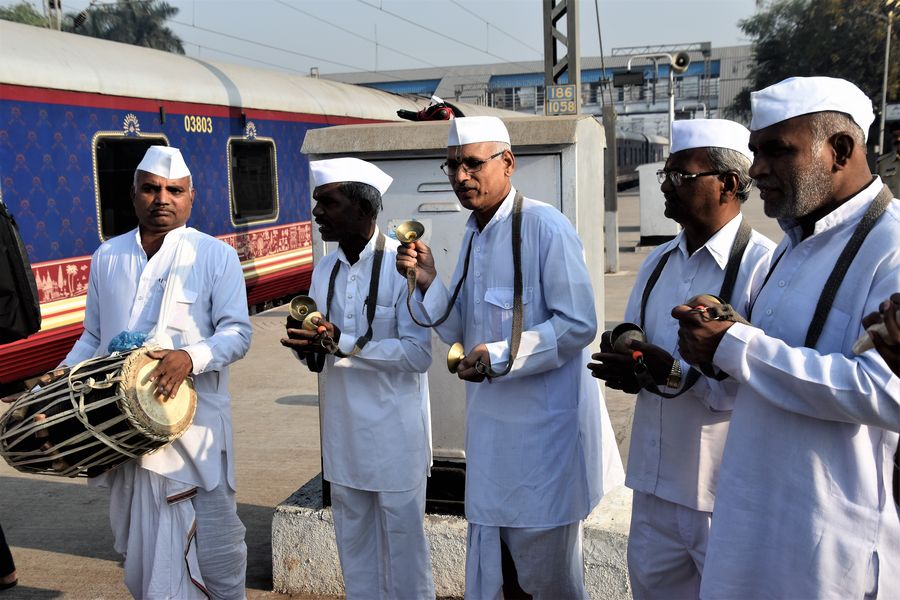
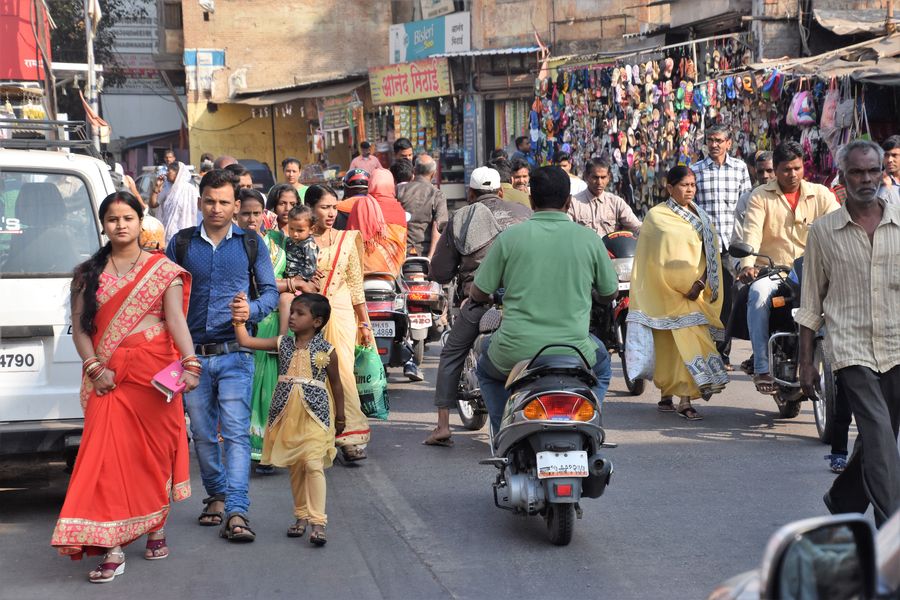
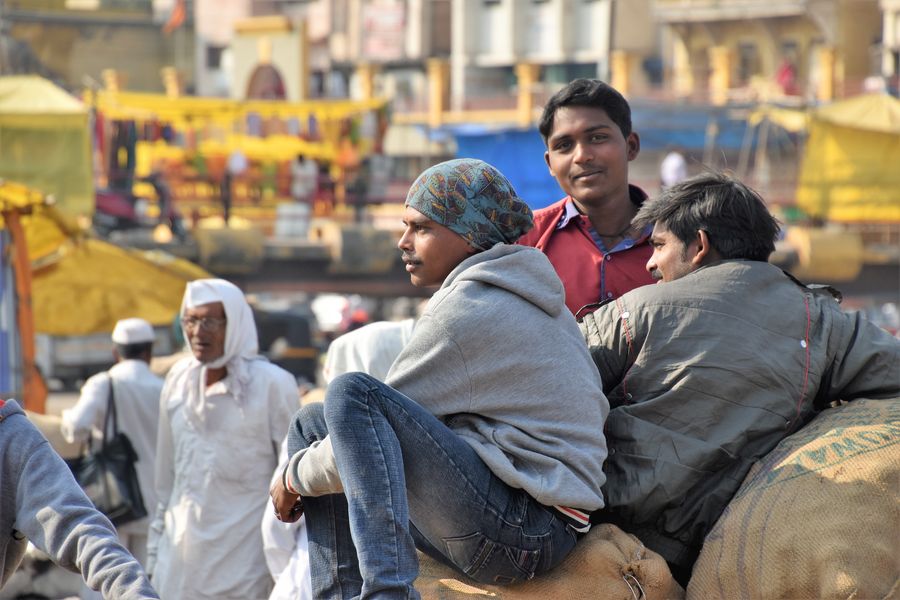
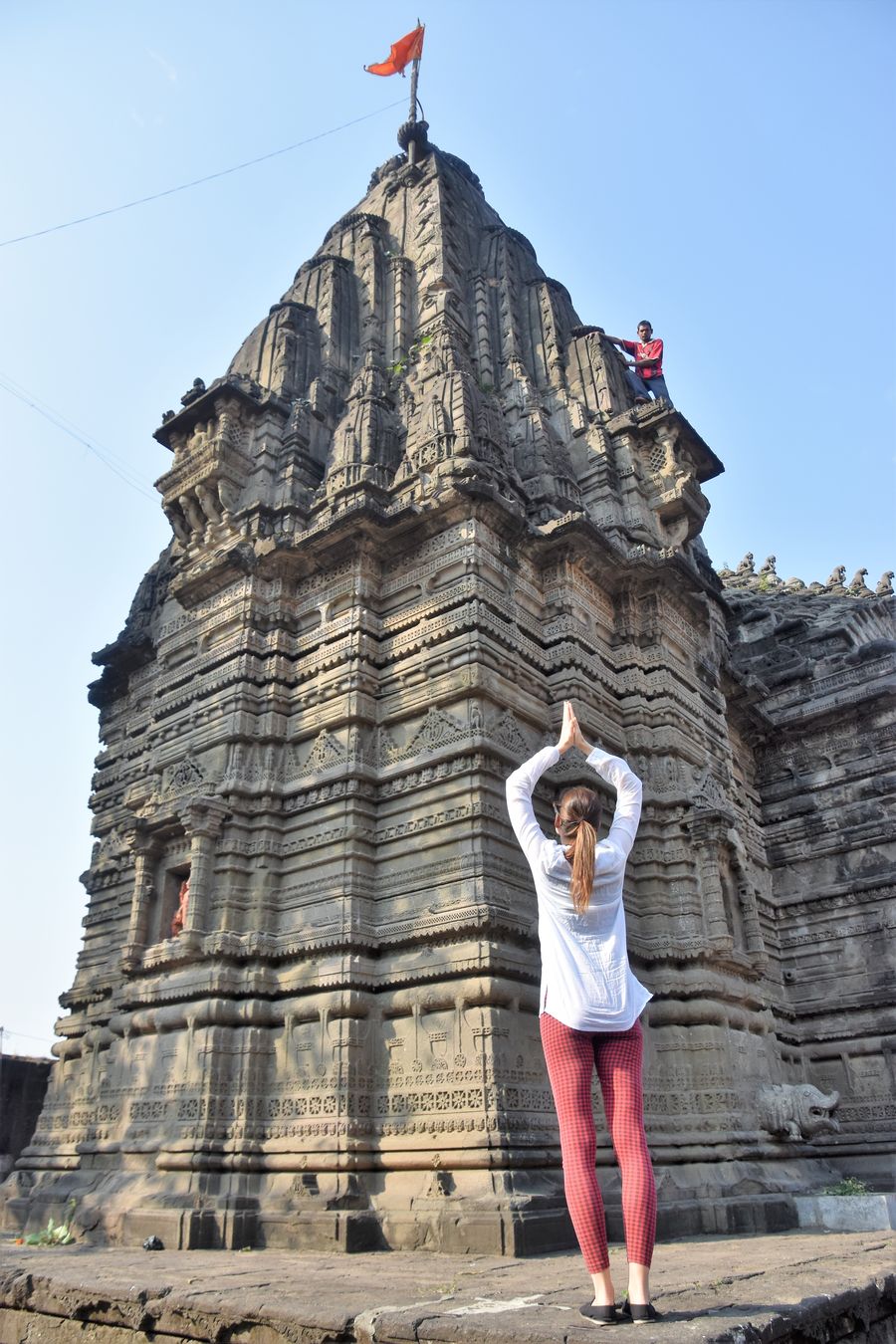
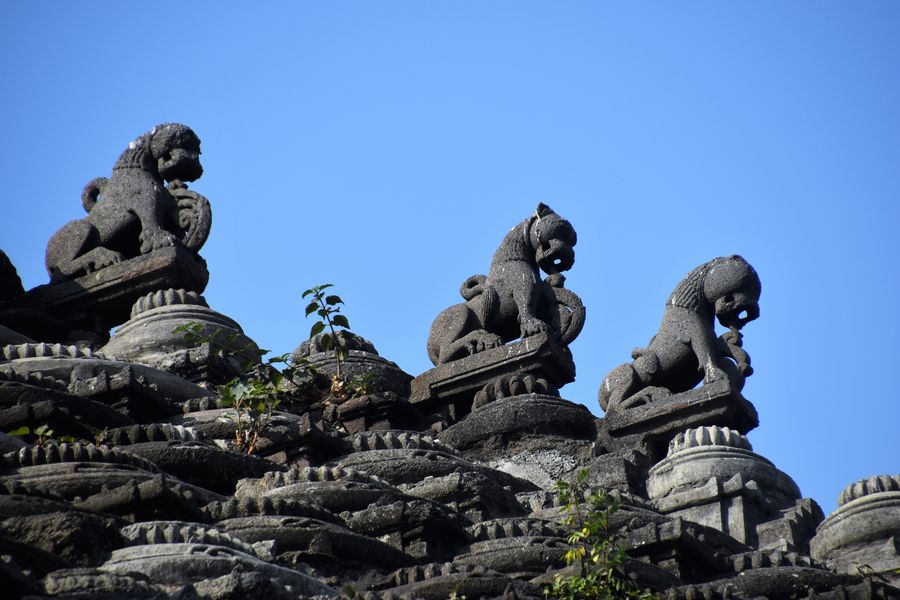
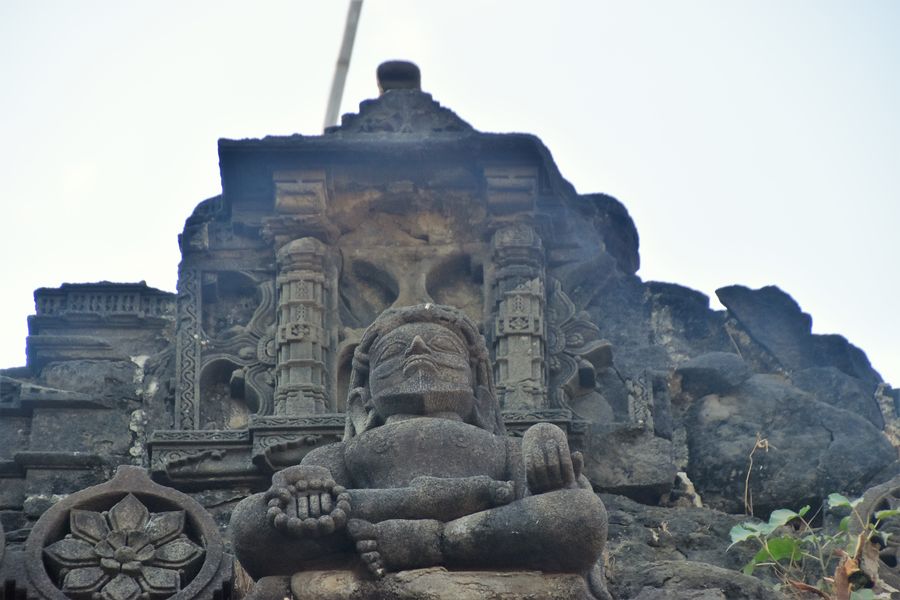
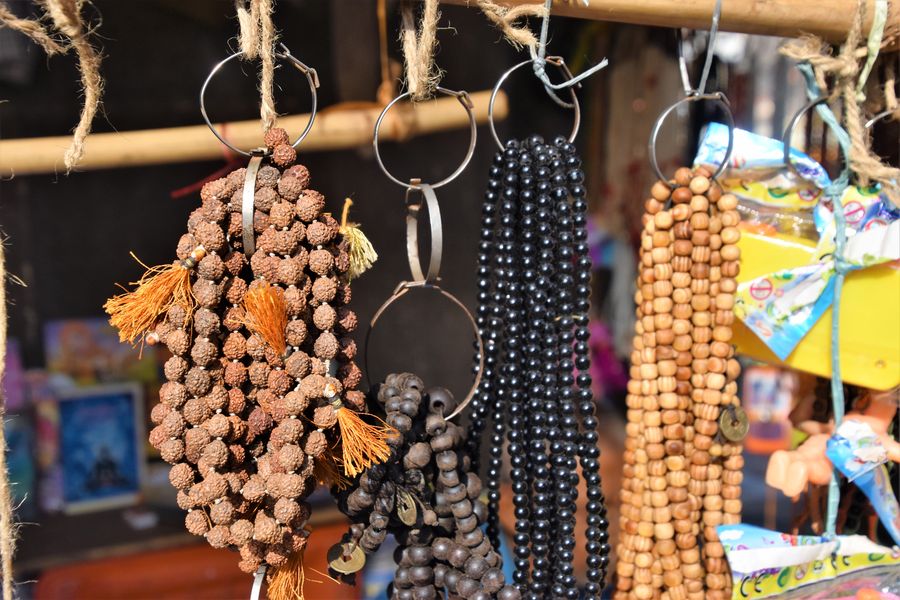
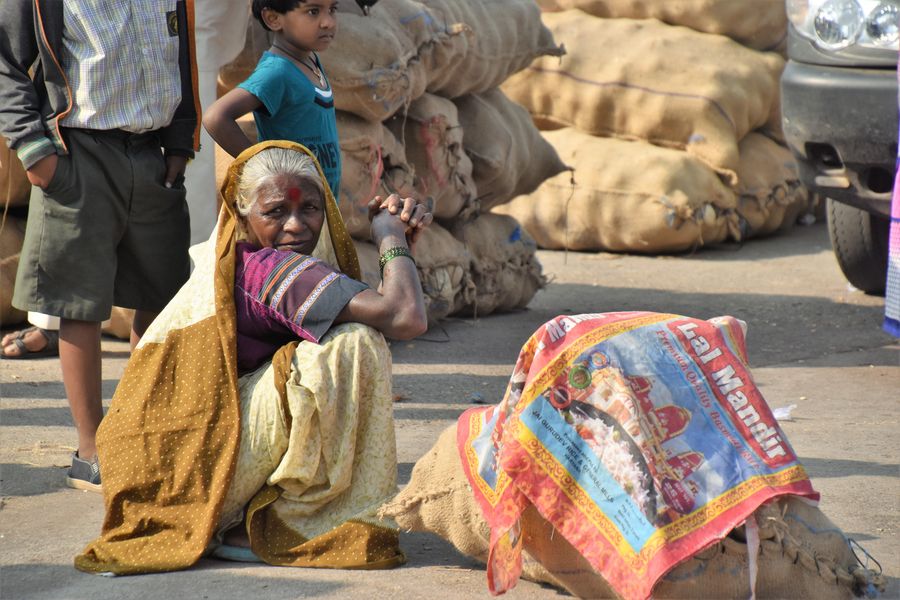
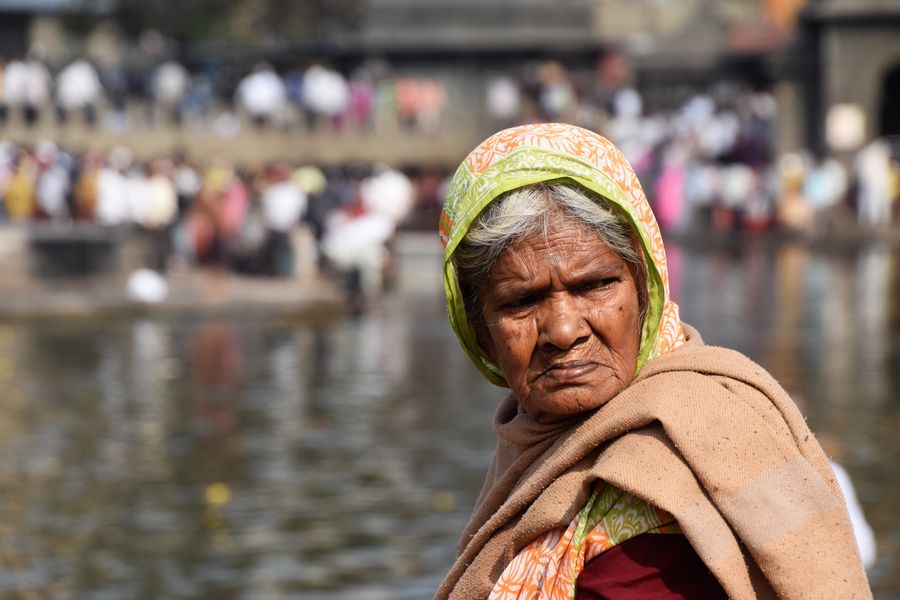
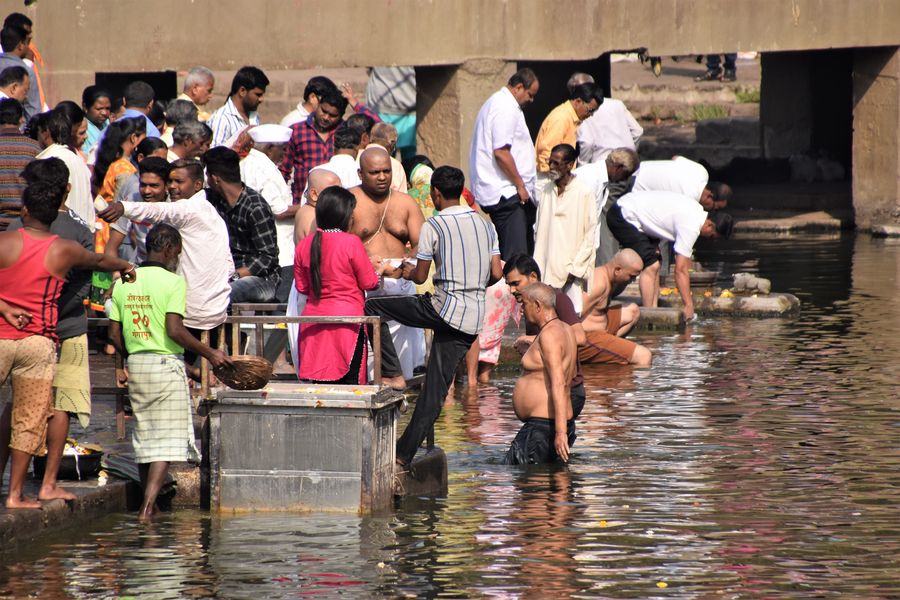
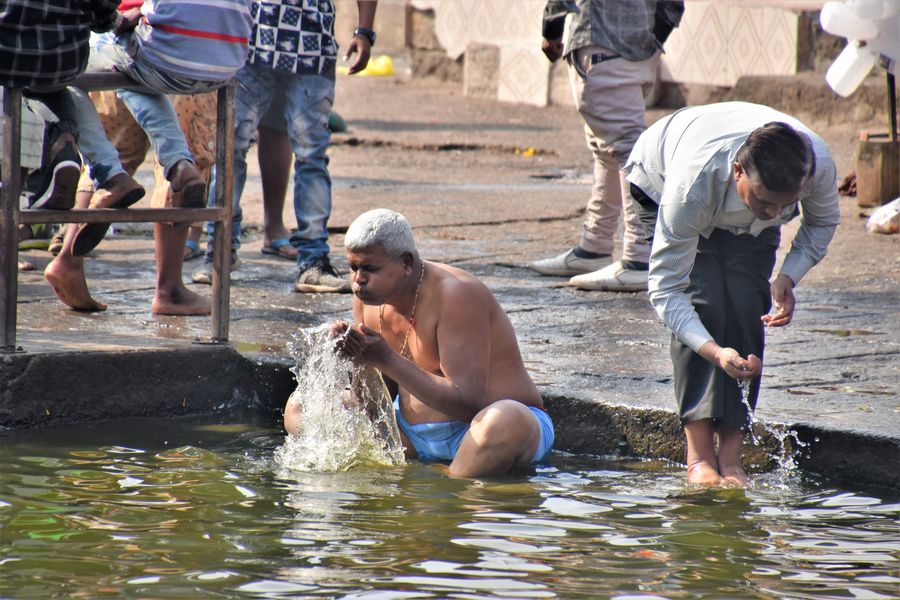
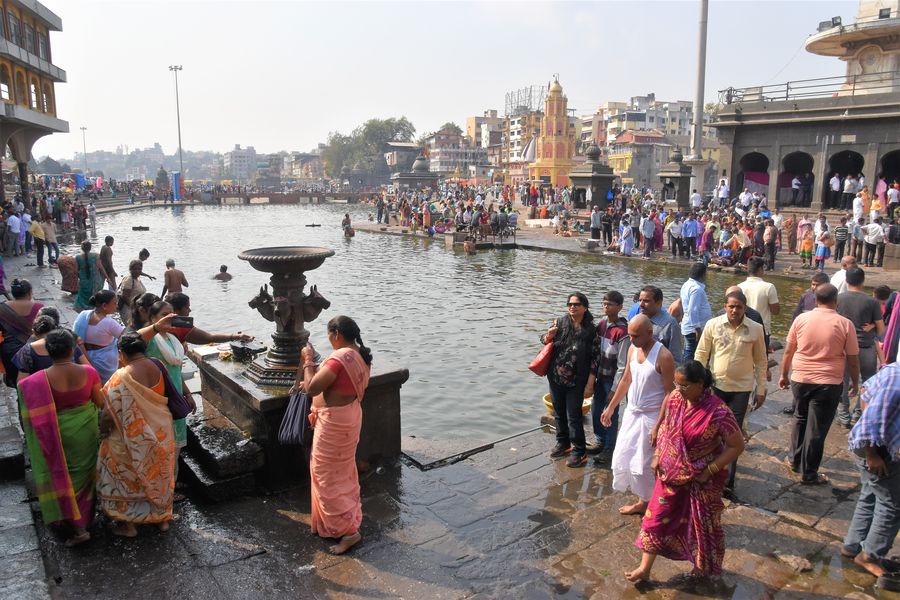
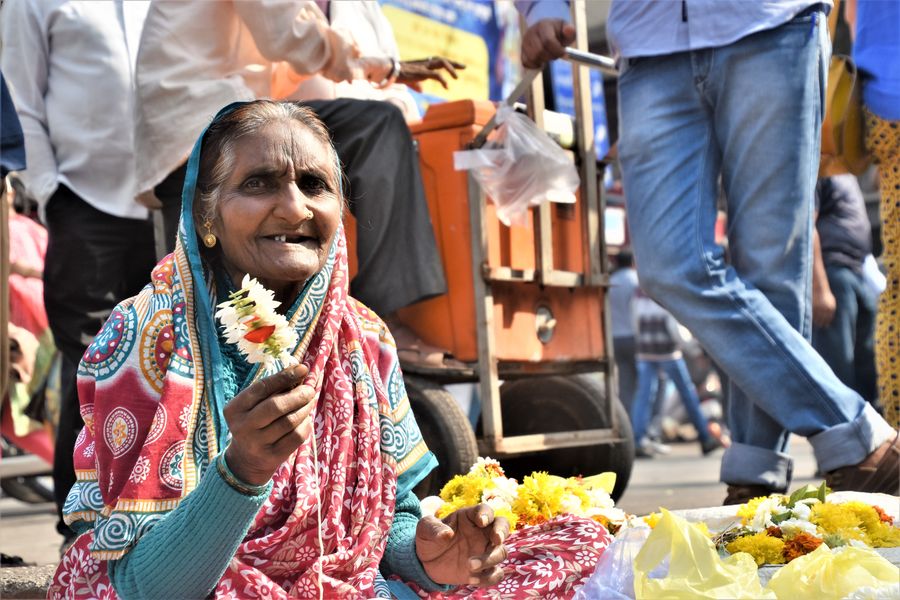

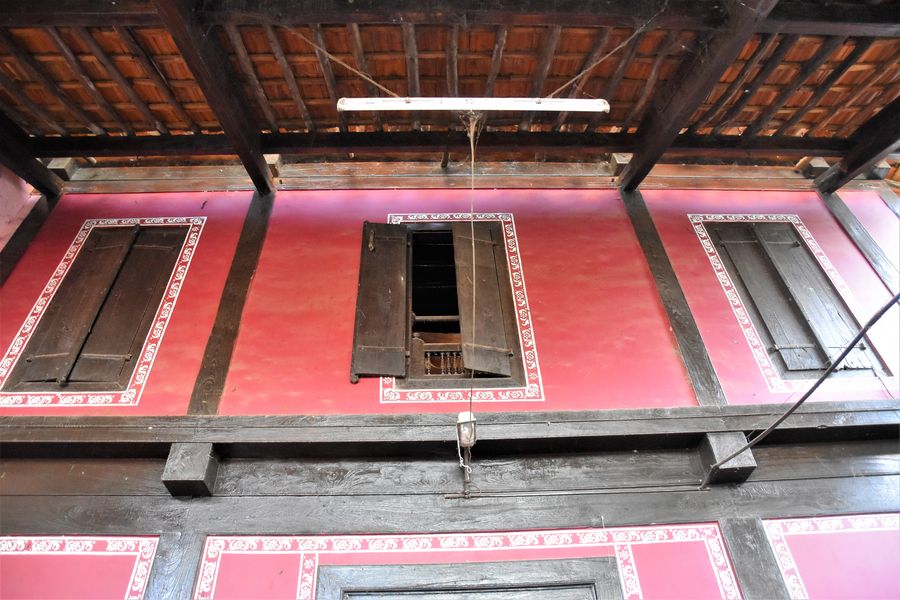
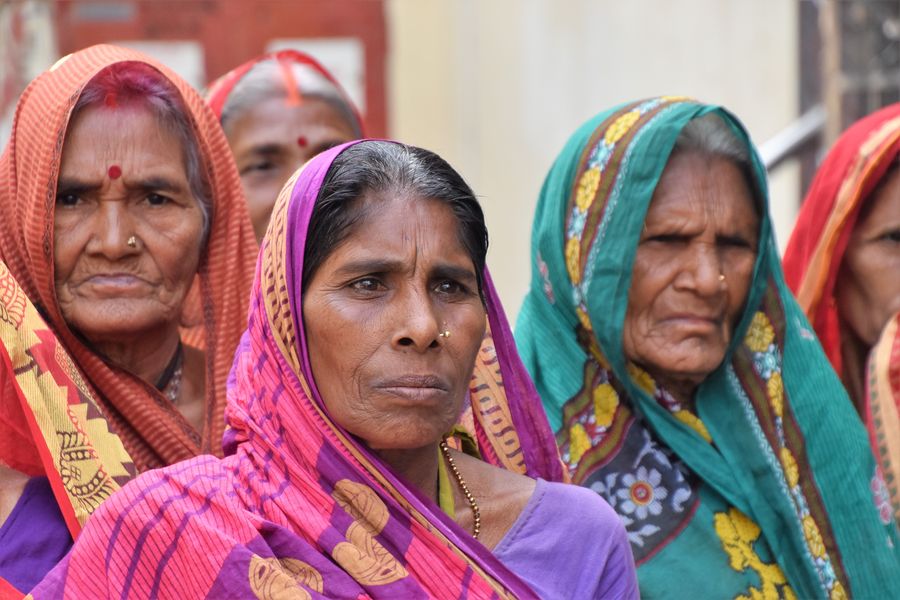
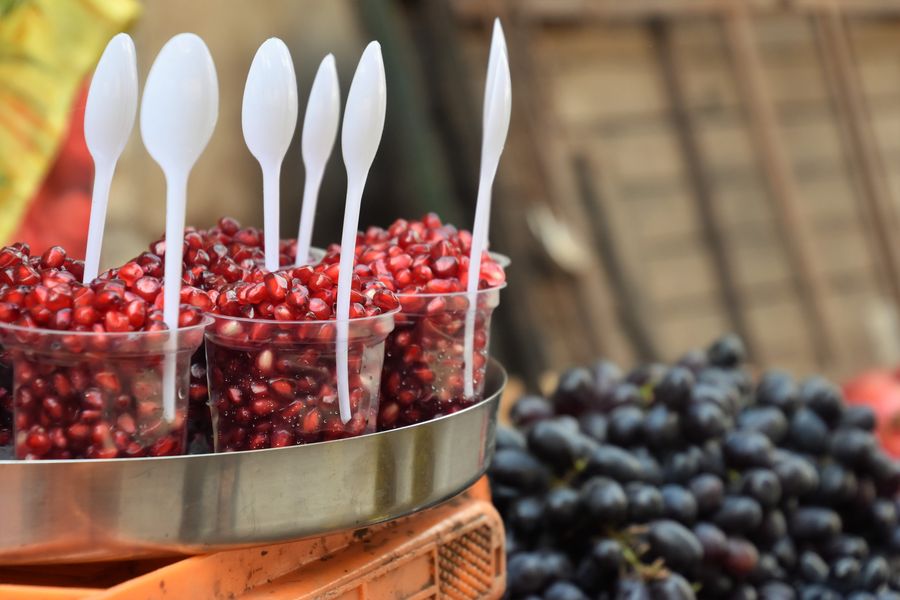
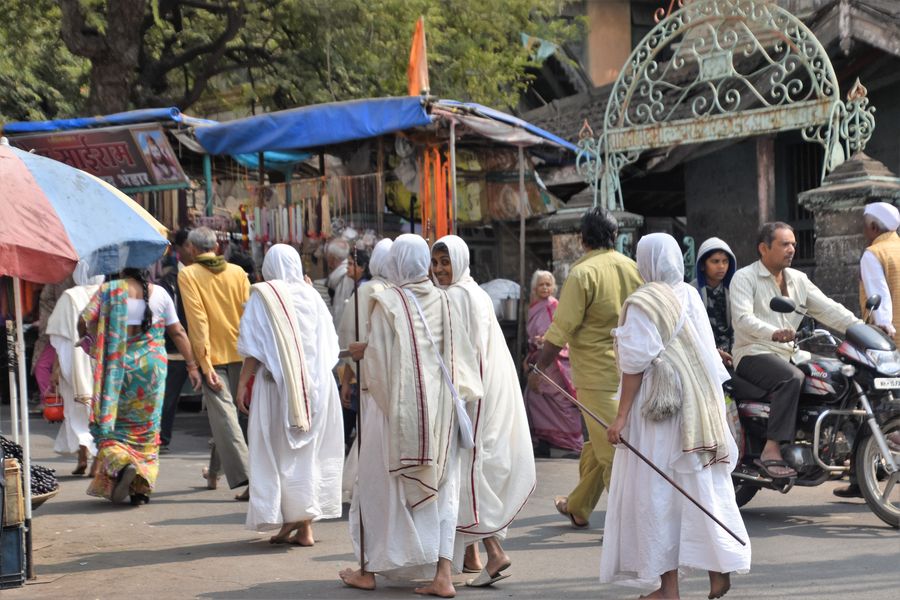
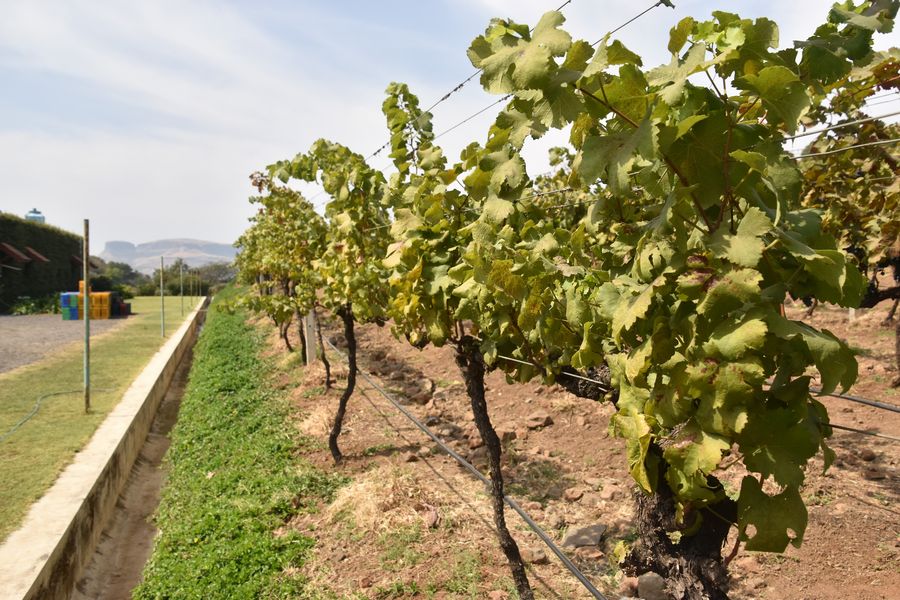
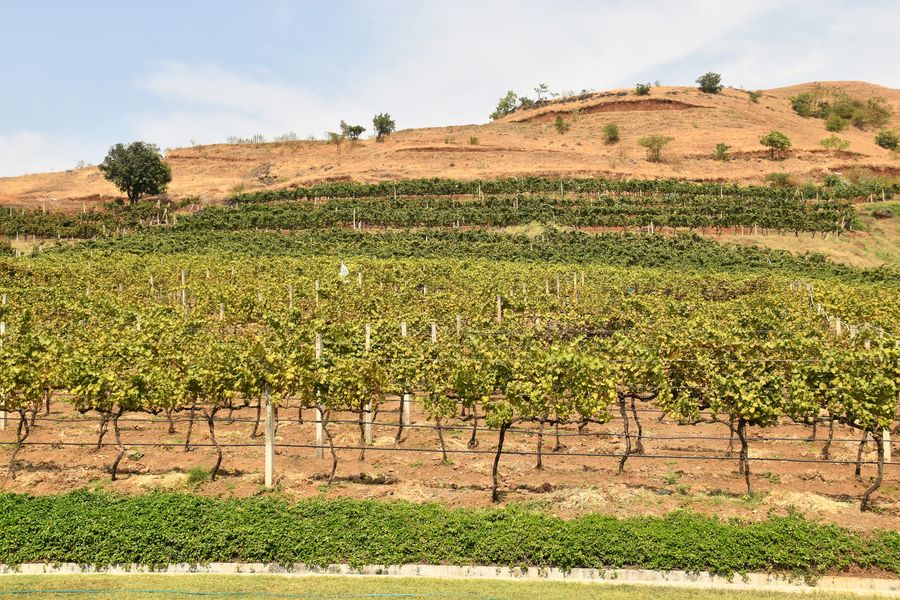
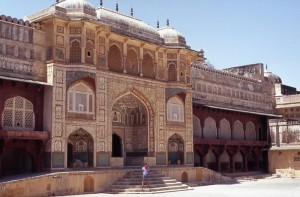
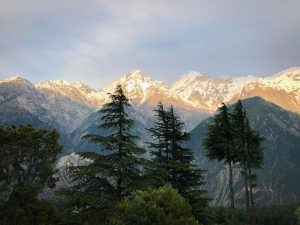
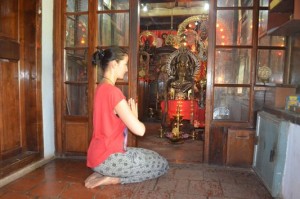

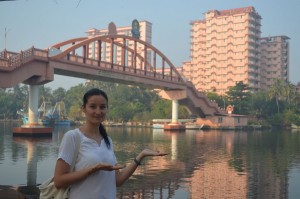
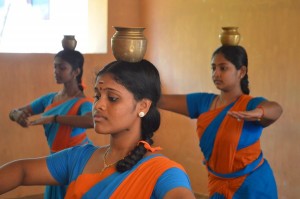


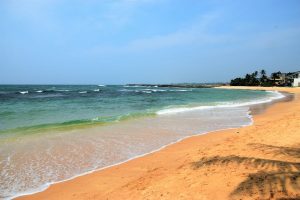

David Rainey
| #
Great article and wonderful photographs. Especially the photos of people. Jain philosophy is interesting and I like how your lifestyle is similar. :)
Crazy Sexy Fun Traveler
| #
Thank you :) It’s true that my lifestyle is very similar to Jain’s philosophy and I didn’t realize it until I went to India for the second time ;)
Nie je túra bez Štúra
| #
India je naozaj zaujímavá a jedinečná krajina, vidieť to aj z tvojich fotiek, ktoré sú mimochodom naozaj mega. :-) A píšem si na môj dlhý zoznam cestovateľských snov aj túto krajinu, a verím, že raz sa mi tam podarí aj so Štúrom dostať. :-)
Crazy Sexy Fun Traveler
| #
Dakujem Rado, India sa ucite oplati zazit aspon raz. Je vsak pravda, ze bud clovek Indiu milujem alebo neznasa. Nepoznam nikoho kto by mal vztah taky niekde medzi :) Snad sa ti raz podari navstivit tiez :)
Martin Lošonský
| #
It is seems very nice, so old and spectacular culture, i was in India two years ago, but just for a week. I definitely have to go there again! Which place do you like the most? Enjoy it and have a nice day!
Crazy Sexy Fun Traveler
| #
Thanks Martin, yes India is incredible and everyone should visit it :) Hope you manage to go back there one day. I like so many places in India, for example Palolem in Goa, Ellora and Ajanta caves, Kerala, suprisingly also Mumbai.